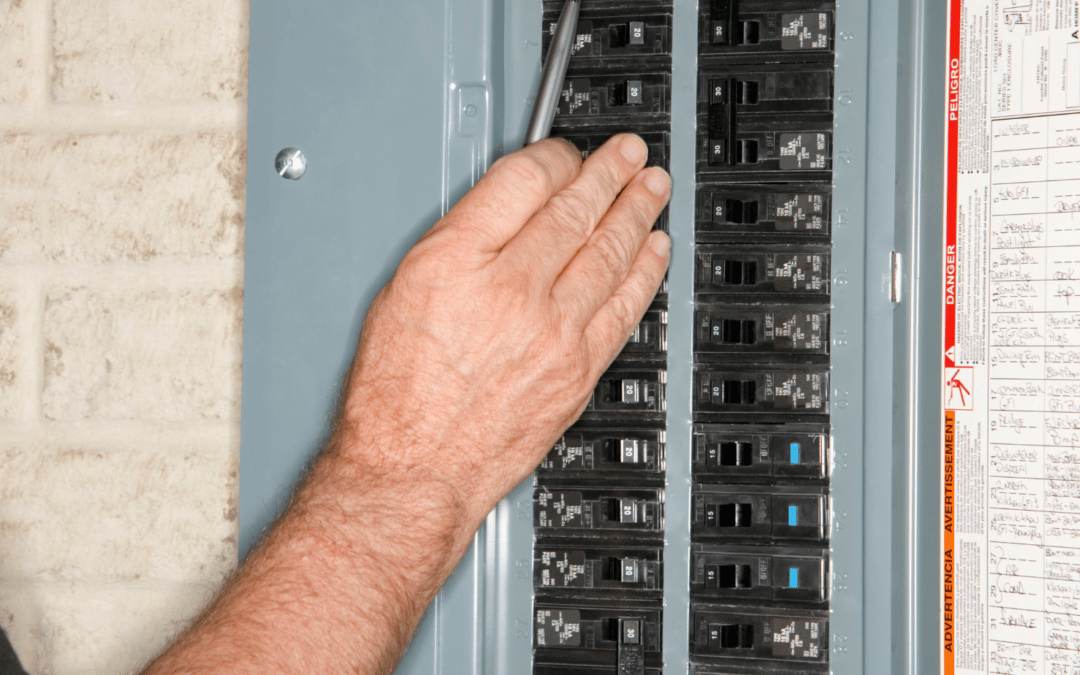Streamline operations with expert mechanical system optimisation support.
Streamline operations with expert mechanical system optimisation support.
Blog Article
Top Tips for Effective Electric System Troubleshooting
Fixing electric systems requires a methodical approach, grounded in an extensive understanding of electric concepts and safety protocols. By acquainting oneself with circuit parts, utilizing vital devices, and sticking to an organized examination method, specialists can properly determine and solve issues. The nuances of reliable troubleshooting expand past plain technical knowledge; comprehending exactly how to record searchings for and prioritize safety and security can considerably affect results. As we check out these essential aspects further, it becomes clear that understanding this process is not simply advantageous but crucial for success in the area.
Understand the Fundamentals
Understanding the essentials of electric systems is crucial for effective troubleshooting, as a solid structure permits specialists to detect and resolve issues a lot more successfully. An extensive grasp of electrical principles, such as voltage, present, resistance, and power, is essential in recognizing the root triggers of troubles. Voltage is the electrical potential distinction that drives current via a circuit, while resistance opposes the circulation of current, influencing the total functionality of the system.
Familiarity with circuit parts, consisting of resistors, capacitors, diodes, and changes, is likewise vital. Each element plays an unique function in circuit actions and can affect efficiency when malfunctioning. Furthermore, comprehending collection and parallel circuit setups is essential, as these arrangements affect the circulation of voltage and present within the system.
Professionals need to be aware of potential risks, such as shock and short circuits, to apply secure troubleshooting practices. By mastering these fundamental concepts, technicians improve their capability to carry out efficient diagnostics and repairs, inevitably leading to boosted efficiency and integrity of electric systems (electrical system troubleshooting).
Gather Necessary Devices
Efficient troubleshooting of electric systems needs the right collection of devices to identify and fix problems properly. A fully equipped service technician can significantly improve performance and performance in determining troubles. Important devices consist of a multimeter, which gauges voltage, current, and resistance, enabling accurate assessments of electrical components. Secure meters are likewise beneficial for determining current without disconnecting the circuit, ensuring safety and ease.
Additionally, shielded hand devices such as screwdrivers, pliers, and cord strippers are critical for securely adjusting electrical connections. It is likewise recommended to have a circuit tester on hand to confirm the visibility of voltage in electrical outlets and cables. For more complicated systems, a thermal imaging electronic camera can help detect overheating elements, indicating potential failures.

Follow a Systematic Method
Having gathered the proper devices, site the next action in fixing electric systems is to comply with an organized strategy. A systematic approach makes sure that professionals can determine mistakes effectively and precisely, lessening downtime and stopping unnecessary fixings.
Begin by examining the system's schematic diagrams and requirements. This includes checking each part systematically, beginning from the power resource and working in the direction of the tons.
Use testing tools, such as multimeters and oscilloscopes, to gather unbiased data about voltage, existing, and resistance at different factors within the system. This empirical evidence will certainly direct your troubleshooting efforts and aid to confirm or remove prospective reasons of failure.
Additionally, take into consideration environmental factors that might influence the system's efficiency, such as temperature level fluctuations or moisture ingress. A comprehensive evaluation of circuitry, connections, and parts will make certain that all possibilities are made up.
File Your Searchings For
Detailed documentation is crucial in the troubleshooting process of electrical systems. This method not just help in recognizing the root reason of the trouble yet also serves as a reference for future fixing efforts.

Furthermore, preserving a log of parts changed or repair work performed is important. This details sustains inventory monitoring and can aid analyze the durability and reliability of specific elements.
Inevitably, the paperwork process must be detailed yet browse this site succinct, allowing very easy access and review - electrical system troubleshooting. By focusing on in-depth documentation, specialists can produce an important data base that not just aids in present troubleshooting yet likewise empowers future maintenance initiatives, therefore boosting overall system integrity

Prioritize Safety Measures
Recognizing the inherent dangers connected with electric systems is important for ensuring security during troubleshooting. Electric shock, burns, and equipment damages are simply a few of the possible risks that professionals deal with. Focusing on precaution is not just a lawful obligation but additionally a moral essential that safeguards both the service technician and the surrounding environment.
Before beginning any type of troubleshooting task, professionals should put on proper individual safety equipment (PPE), including protected handwear covers, safety and security glasses, and flame-resistant clothes. Making sure that the workplace is completely dry and devoid of mess can considerably lower the risk of accidents. It is necessary to de-energize circuits prior to starting any type of work, confirming that they are not live with the use of a multimeter or voltage tester.
Establishing clear interaction procedures with team members is also vital; this ensures that everyone understands potential hazards and the condition of the electrical system being worked with. Having an emergency feedback strategy in location can prove invaluable in the occasion of a case. By prioritizing precaution, specialists can effectively mitigate threats and promote a safer work environment.
Final Thought
Efficient electrical system repairing relies on a thorough understanding of fundamental principles and a systematic approach. Prioritizing safety and security measures guarantees the well-being of people entailed and the integrity of the electric system.
Report this page